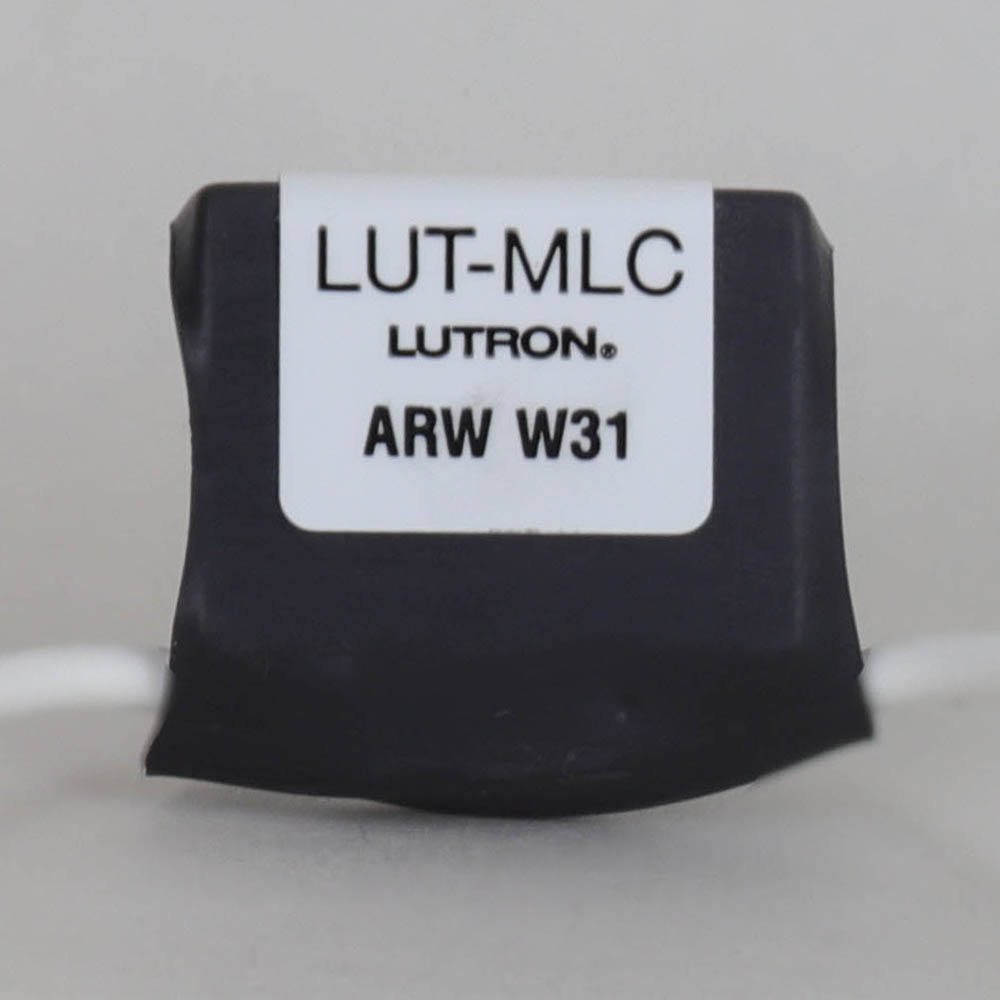Answer
Jul 08, 2024 - 06:58 AM
"Ghost lighting" in the context of LED lighting typically refers to unwanted residual illumination or flickering of LEDs when they are supposed to be off. This phenomenon can be caused by several factors:
Residual Voltage: LEDs are highly sensitive and can light up with very low voltage. Residual voltage in the circuit, even if it's not enough to power other types of bulbs, can cause LEDs to glow faintly.
Inductive Coupling: In some cases, electrical wiring running close to the LED circuit can induce a small voltage, causing the LEDs to emit a faint light even when switched off.
Capacitive Coupling: Similar to inductive coupling, capacitive coupling between live wires and the LED circuit can result in a small voltage that keeps the LEDs faintly lit.
Leakage Current: Certain types of electronic switches, dimmers, or power supplies can leak a small amount of current even when turned off. This leakage current can be enough to cause ghost lighting in LEDs.
Incorrect Wiring: Improper wiring or a fault in the electrical installation can create unintended paths for electricity, leading to ghost lighting.
Electromagnetic Interference (EMI): High-frequency noise or interference in the electrical system can sometimes cause LEDs to flicker or glow faintly.
Solutions to Prevent Ghost Lighting in LEDs
Use a Snubber Circuit: Adding a snubber circuit (a resistor and capacitor in series) across the LED can help absorb residual currents and prevent ghost lighting.
Use a Properly Rated Dimmer: Ensure that the dimmer switch used is compatible with LED lighting. Some older dimmers are not designed for LEDs and can cause ghost lighting.
Check and Improve Wiring: Make sure the wiring is correct and there are no unintended connections that could cause leakage current.
Install a Resistor: Installing a small resistor in parallel with the LED can help dissipate any residual current, preventing the LED from glowing faintly.
Isolate Interference Sources: Identify and mitigate sources of electromagnetic interference that may be affecting the LED circuit.
By addressing these issues, ghost lighting in LEDs can be minimized or eliminated.
Residual Voltage: LEDs are highly sensitive and can light up with very low voltage. Residual voltage in the circuit, even if it's not enough to power other types of bulbs, can cause LEDs to glow faintly.
Inductive Coupling: In some cases, electrical wiring running close to the LED circuit can induce a small voltage, causing the LEDs to emit a faint light even when switched off.
Capacitive Coupling: Similar to inductive coupling, capacitive coupling between live wires and the LED circuit can result in a small voltage that keeps the LEDs faintly lit.
Leakage Current: Certain types of electronic switches, dimmers, or power supplies can leak a small amount of current even when turned off. This leakage current can be enough to cause ghost lighting in LEDs.
Incorrect Wiring: Improper wiring or a fault in the electrical installation can create unintended paths for electricity, leading to ghost lighting.
Electromagnetic Interference (EMI): High-frequency noise or interference in the electrical system can sometimes cause LEDs to flicker or glow faintly.
Solutions to Prevent Ghost Lighting in LEDs
Use a Snubber Circuit: Adding a snubber circuit (a resistor and capacitor in series) across the LED can help absorb residual currents and prevent ghost lighting.
Use a Properly Rated Dimmer: Ensure that the dimmer switch used is compatible with LED lighting. Some older dimmers are not designed for LEDs and can cause ghost lighting.
Check and Improve Wiring: Make sure the wiring is correct and there are no unintended connections that could cause leakage current.
Install a Resistor: Installing a small resistor in parallel with the LED can help dissipate any residual current, preventing the LED from glowing faintly.
Isolate Interference Sources: Identify and mitigate sources of electromagnetic interference that may be affecting the LED circuit.
By addressing these issues, ghost lighting in LEDs can be minimized or eliminated.
 Grand Brass Lamp Parts, LLC
Grand Brass Lamp Parts, LLC

